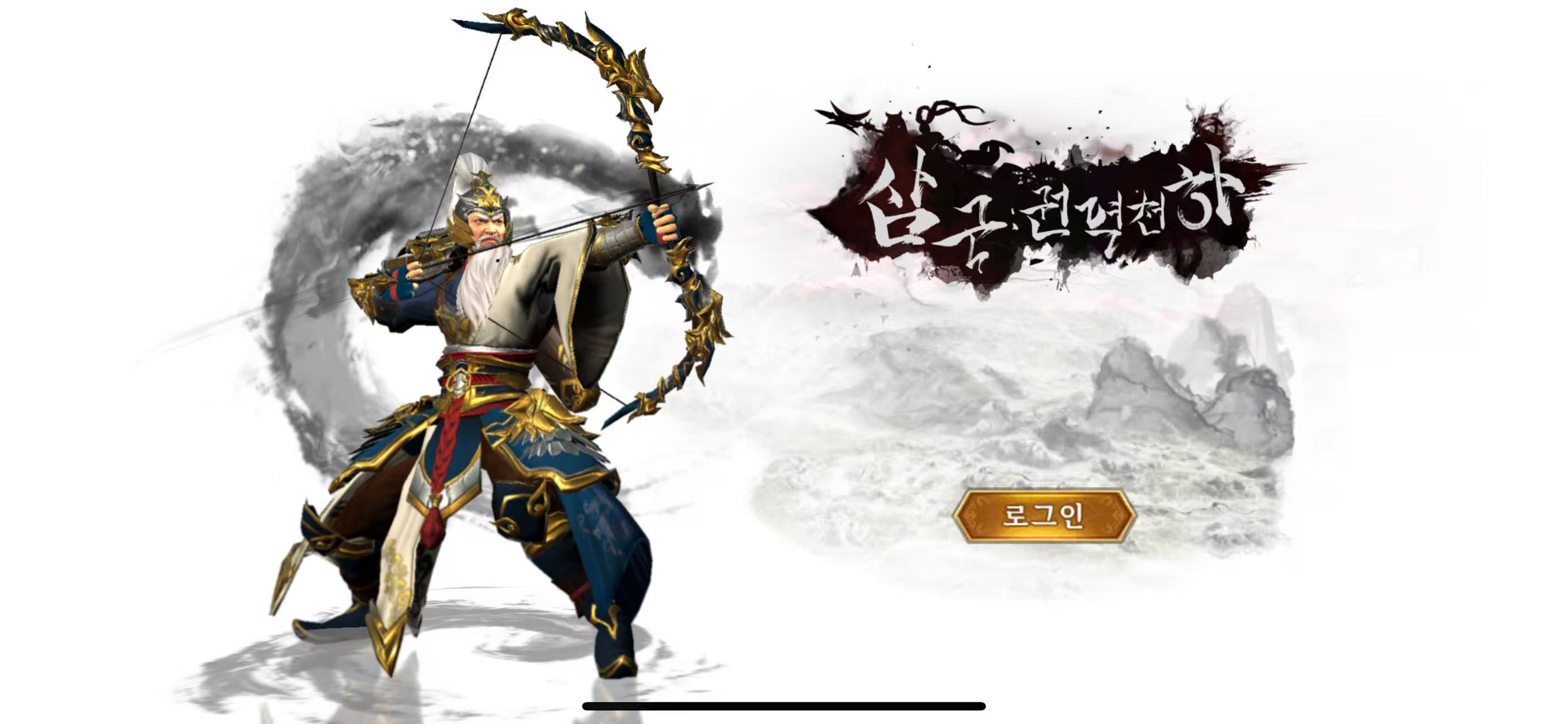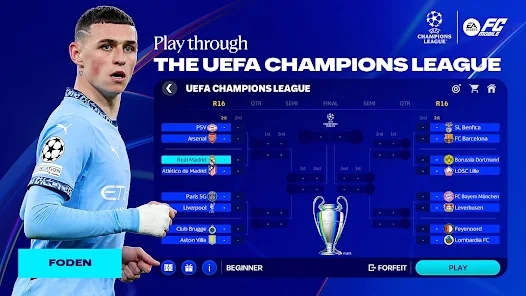From Fantasy to Reality: How City Building Simulation Games Redefine Urban Planning
Ever wondered how simulation games can shape our understanding of urban environments? City building games, in particular, allow players to step into the role of a city planner, creating and managing their own virtual towns. In this article, we dive into how these games not only entertain but also provide insights into the world of urban planning. Let's explore the fascinating world of city building simulation games and their potential impact on real-world urban development.
The Evolution of City Building Games
City building games have come a long way from their humble beginnings. Take a look at some notable titles that paved the way:
- SimCity (1989) - The classic that started it all.
- CityVille (2010) - Bringing social gaming into the mix.
- Clash of Clans (2012) - From fantasy fights to urban strategy.
- Cities: Skylines (2015) - Redefining the genre with depth and realism.
As you can see, the progression in graphic quality, gameplay mechanics, and user experience has made city building games more immersive than ever. They are not only about creating structures but also about managing resources, understanding community needs, and tackling challenges like traffic congestion.
Lessons in Urban Planning Through Gameplay
What can we take away from these best sci-fi RPG games that focus on city building? Below are some key insights:
| Insight | Explanation |
|---|---|
| Resource Management | Players learn to balance budgets and allocate resources effectively. |
| Community Needs | Understanding what residents want enhances the gaming experience. |
| Environmental Considerations | Games often challenge players to think about sustainability. |
In essence, these games mirror real-life urban planning complexities, from zoning laws to environmental impacts. Gaming becomes more than entertainment; it’s an educational avenue.
The Clash of Clan Training and Its Planning Strategies
Surprisingly, not all city building games fit the traditional mold. For example, Clash of Clans, while primarily a strategy battle game, incorporates elements of city building. Players must train their troops and build defenses, simulating strategic planning and resource allocation. Here are some core strategies learned:
- Defensive Architecture: Designing your village to withstand attacks.
- Building Upgrades: Prioritizing improvement on key structures.
- Community Engagement: Collaborating with clan members for collective success.
This blend of city planning and strategy offers a unique perspective on urban management, enhancing critical thinking skills.
Conclusion: Bridging Fantasy and Reality
City building games are transforming how we perceive urban planning. They act as simulators that allow us to experiment and learn without real-world risks. So whether you’re managing a virtual metropolis in Cities: Skylines or strategizing against opponents in Clash of Clans, remember that these games not only entertain but also educate. They encourage creativity, critical thinking, and a deeper understanding of what makes a city tick. As we embrace the future, it’s exciting to think about how gaming could continue to intersect with urban development, shaping more informed citizens and innovative planners.


